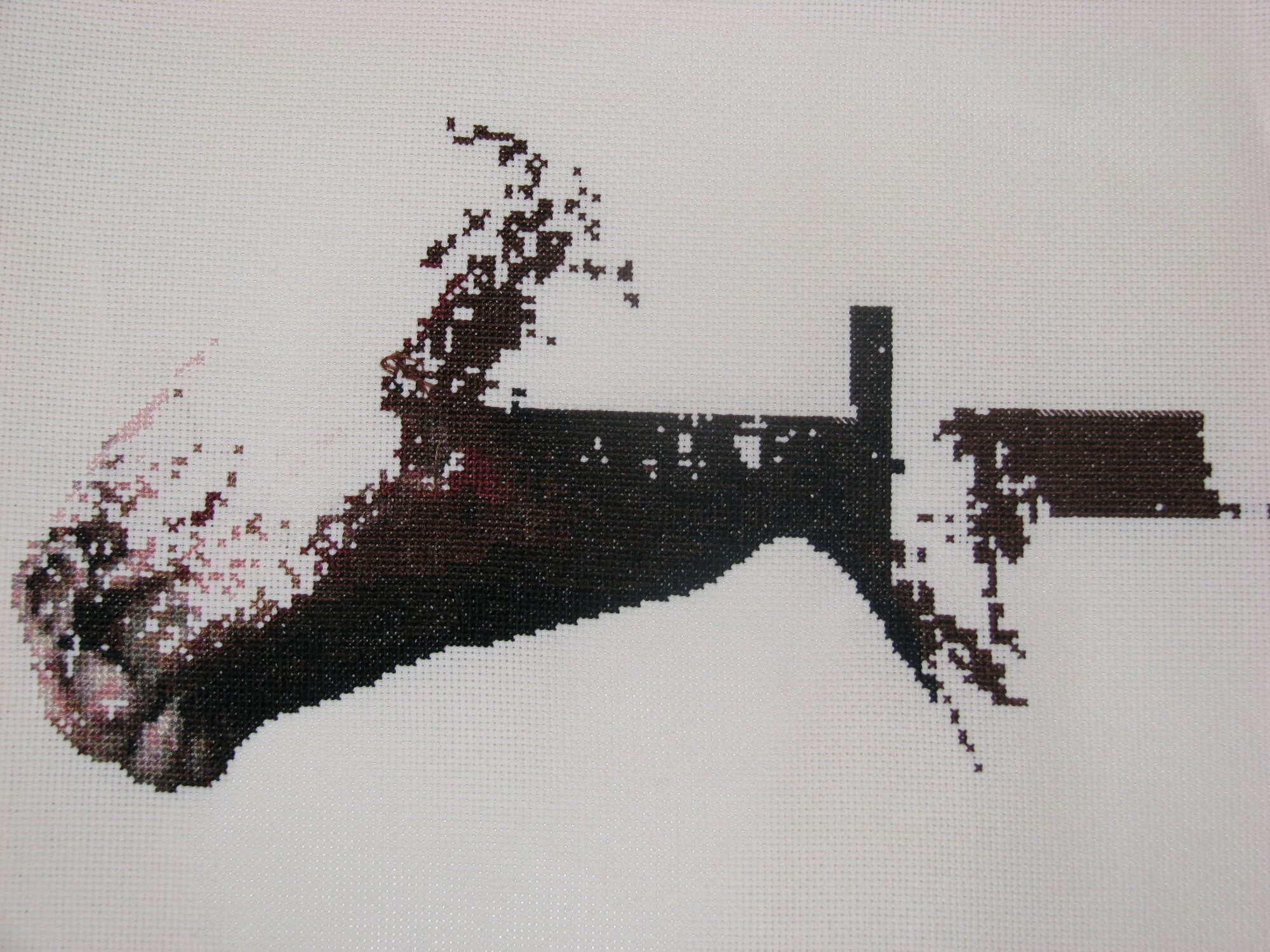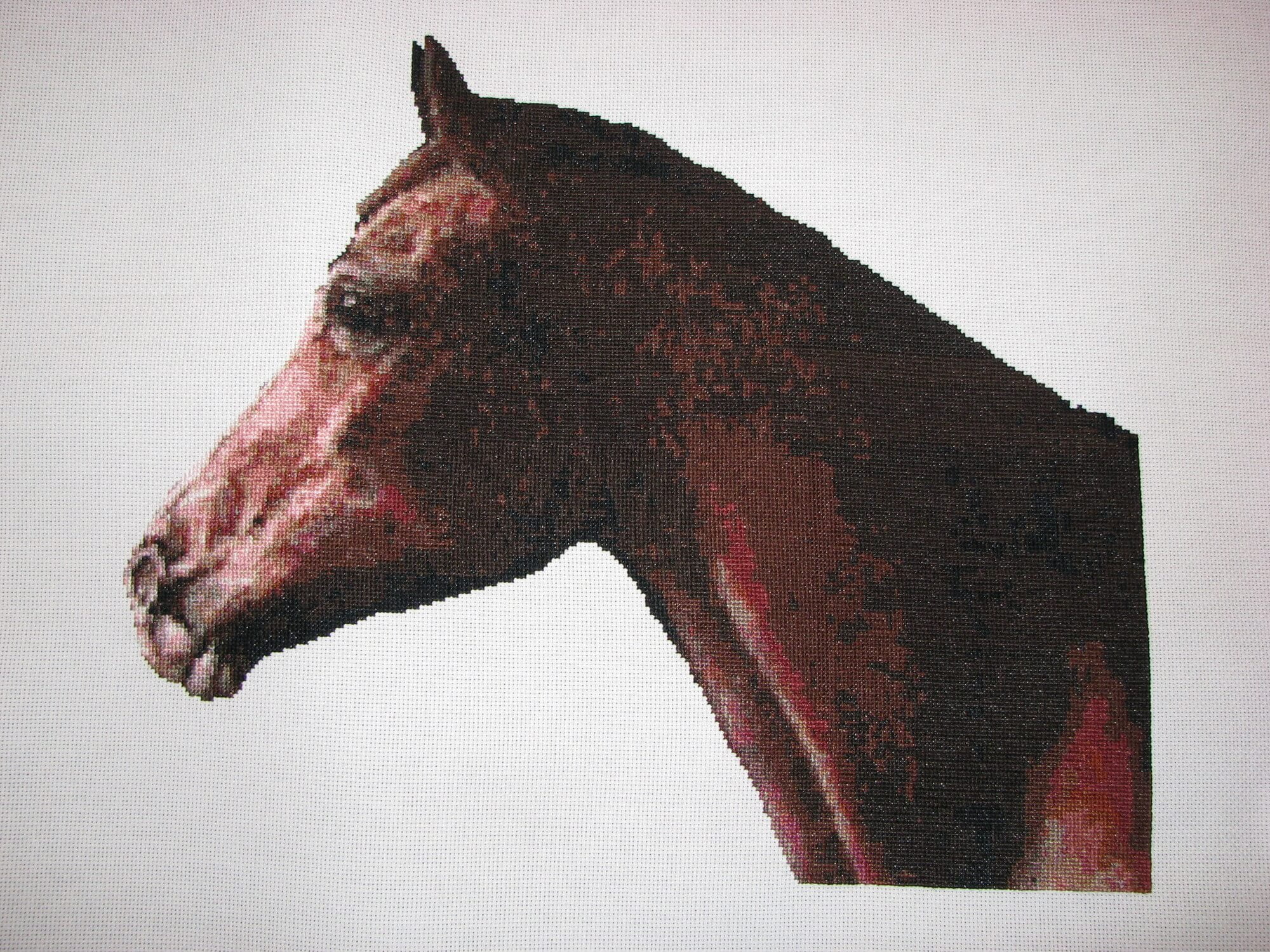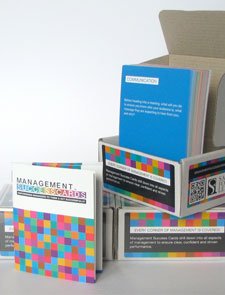One of my favourite pastimes is to cross-stitch. So when it was my turn to give the family birthday present for my horse-obsessed niece, I thought I would stitch her a horse. I’m fairly advanced with my stitching so I picked an impressive Arabian horse head (no Godfather jokes intended here) to stitch, her name is Queenie.
When it comes to cross-stitch, it’s an activity that teaches you patience or very clearly shows you how impatient you can be.
To cross-stitch, my preferred method is to work from a blank piece of material, cloth that’s divided into little grids that you can see quite easily. You have a paper pattern to work from, the image is marked out on the paper in a grid using symbols. Each symbol correlates to the coloured thread to stitch. Think, instead of paint by number, stitch by symbols.
To make this look more like a painting, or a more full – lush – image – I chose cloth that has a smaller grid. The smaller the grid the tougher the job when you have many similar shades of the same colour. This particular Arabian horse head pattern had a number of really dark brown threads. If you ask me, to the naked eye, they’re all the same brown, but because they’re number coded they were four different browns. The darkest one, if you laid it next to black thread, you’d think they were the same colour.
As I’m stitching away, following my pattern and crossing off the little grids on the paper pattern as I go, I get to, say, a third of the way done when I realise I’ve must have made a mistake somewhere earlier on. I started to notice the shape of the image not sitting quite right compared to the picture. I can tell that if I ignore it and keep stitching, it would end up being a very weird looking horse.
I spent time trying to track back where my mistake was because if I can find the actual ‘single stitch mistake’ I have two options: 1) if it’s not too far back, I generally unpick that part and re-stitch properly; or, 2) I look at the pattern and work out how I can compensate from the current spot onwards so that the end result doesn’t look wrong.

I spent so much time looking for where the mistake was it became ridiculous. I couldn’t decipher between all the different browns or between dark brown and black. I should have stopped looking a lot earlier than I did.
There are three great productive leadership lessons I take from this:
- Know the value of your time in the context of the work at hand. If the work at hand has a deadline, know when to carry on and know when to start over.
- Reviewing your work, investigating and diving deep into what has gone wrong can help you find ways to improve the way you do things however there is a line. Once you cross that line you’re in overkill, time wasting, staying in the problem too long.
- Have a plan B.
I’d love to know your thoughts …
Here’s Queenie, 28,000 stitches later!





